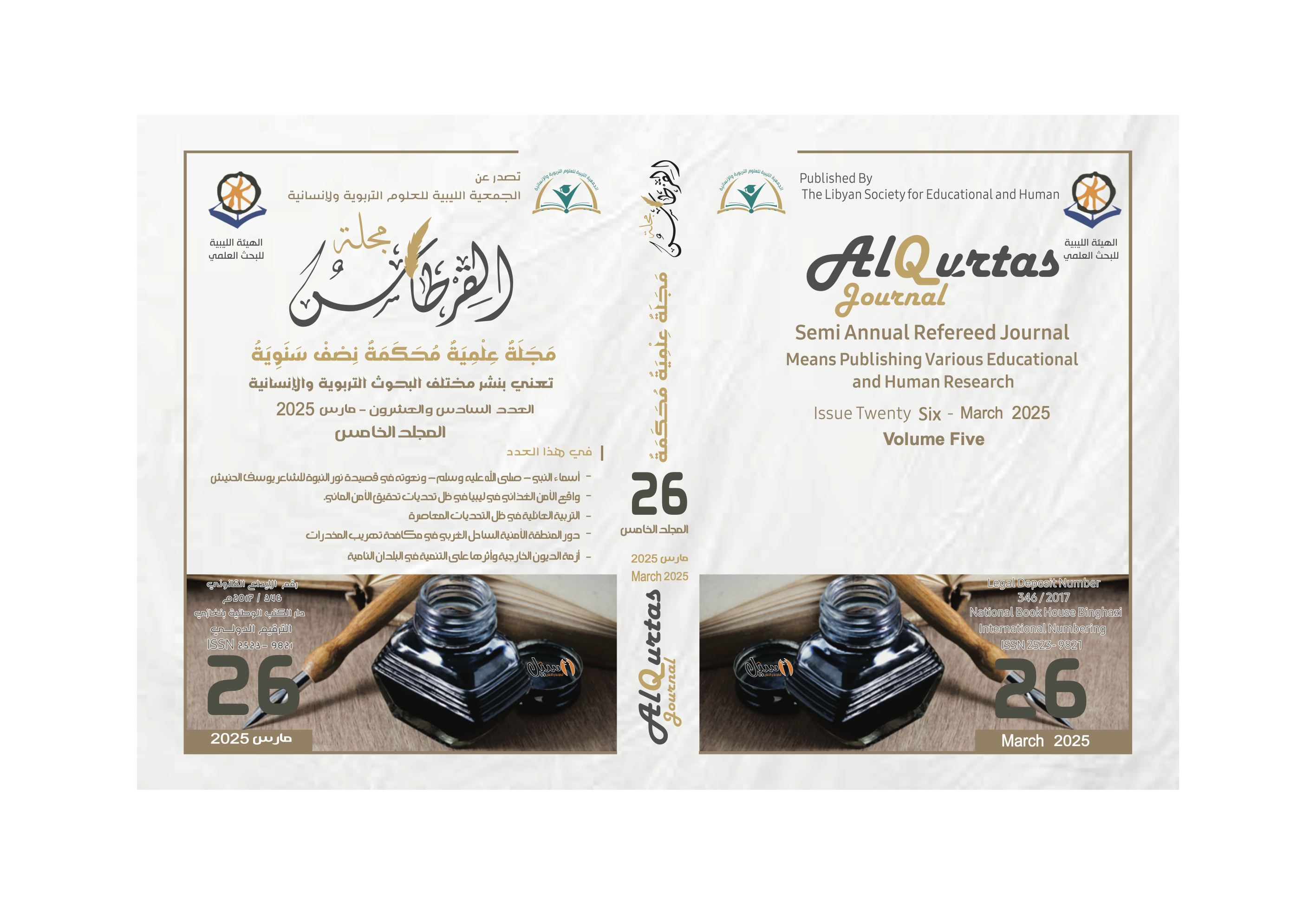الفن ومحاكاة الجمال بين أفلاطون وأرسطو
Main Article Content
Abstract
Art and beauty are a value with an innate natural meaning in the human soul, and a concept firmly rooted in ancient philosophical thought whose meanings are manifested in the universe with all its human, animal, plant and natural components. Art and beauty are a real idea perceived by the senses and its data differ according to each type, and its fields branch out with the love of the differences in peoples' cultures and religious affiliations, and even the opinions of philosophers came in different about the nature and essence of beauty. The research problem revolves around explaining the concept of art according to both Plato and Aristotle, and what is imitation? What is love in Plato's view? What are the stages of beauty according to them? What are the arts of rhetoric? And the extent of the influence of poetry and rhetoric on Greek thought? This study aims to know the aesthetics of art in Greek thought and to explain the nature and essence of beauty as a subjective subject or is it abstract and sensual? By adopting the comparative analytical approach in presenting and analyzing opinions and comparing them, the study concluded that Plato tried to find a higher ideal of beauty to which all the tangible beauties in the earthly world can be traced back, and Aristotle gave beauty and art mental and emotional dimensions that transcend sensual beauty or art. Plato considered beauty an example of the higher ideals such as truth and goodness, while Aristotle sets a definition of beauty that brings it closer to the world of reality. Imitation, according to Plato, is a philosophical theory far from truth and reason, while Aristotle is a theory that brings it closer to reason. While Plato made poetry a nonexistence of philosophy, Aristotle made it a friend of knowledge.

